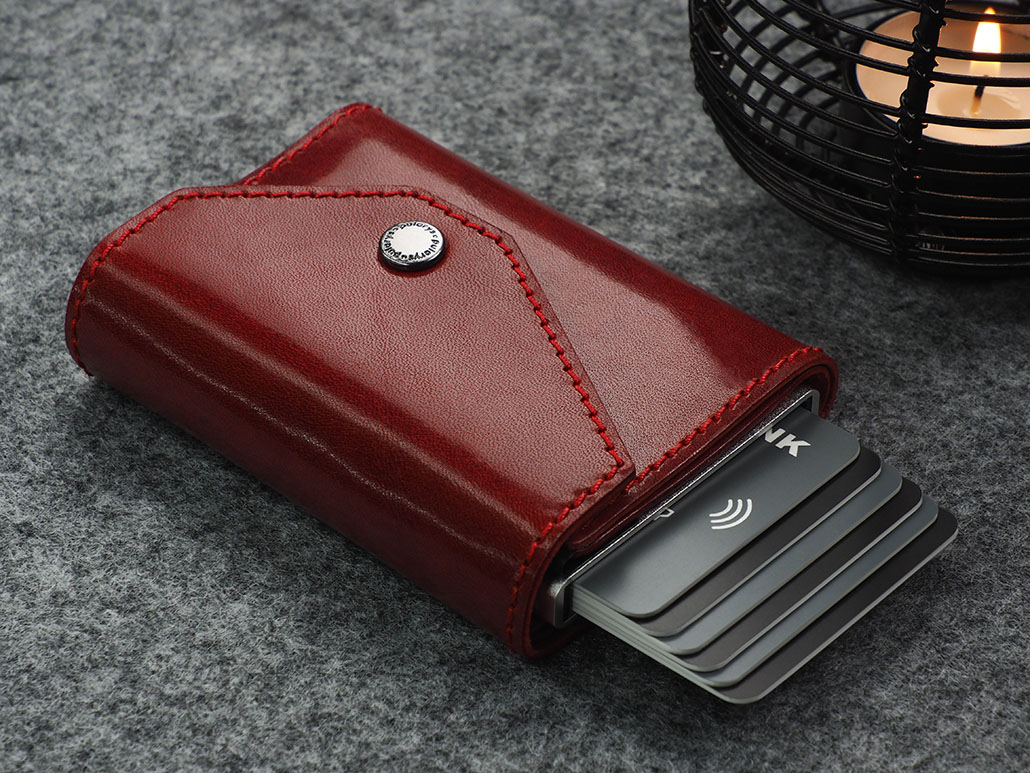A wallet is an item that each of us uses every day. We carry in it not only cash, but also payment cards, documents or photos of our loved ones. It turns out that the history of this object is longer than it might seem on the surface. Where did the wallet as we know it today come from?
In antiquity
The history of this small but so useful object should begin by explaining where its name came from, or rather the name of the purse, the women's version of a wallet, as it was the earliest to appear in the Polish language.
The word "purse" into the Polish language was taken from the French and was formed by combining two words: "porter", meaning "to carry", and "monnaie" - "coin".
The object that is the wallet has its origins, like most inventions, obviously in antiquity, namely in ancient Greece. Back then, however, it resembled a pouch or small bag in which the indigent, or rather the poor, carried their possessions, even food.
About the seventh century BC, when coins appeared in Greece and the container for them was a pouch, which came in different shapes, sizes and were made of different materials. It was from there that they began their journey around the world to change over time and take the form of the modern wallet.

In the Renaissance
The immediate ancestor of the wallet, as we know it today, first appeared around the 17th century, shortly after the advent of paper currency. Money in its new form required the creation of an object in a suitable form and shape, as pouches and pouches no longer served their purpose and were not suitable for storing banknotes.
The first models were made of cowhide or horsehide to best protect the money stored in them, which were not initially made of durable materials.
Typically, wallets of the time contained only one compartment and an additional pocket where the owner could place his or her business card so that, if lost, it would be clear to whom the lost money belonged.
More and more modern
In fact, back in the 19th century, wallets were not just used to hold money. Often, especially when travelling, dried meat, for example, was hidden in them. Wallets were also for a very long time not carried in pockets, but on the outside, attached to the belt. Over time, wallets gained a pocket for storing coins in addition to a compartment for paper money.
With the introduction of payment cards and electronic cash, wallets had to change their form somewhat. In the 1950s, after the first credit cards were introduced, they began to be divided into more and more compartments, and the wallets themselves became smaller and smaller so that they could fit into a trouser or jacket pocket.
If you take a look at our online shop you will see how much variety there is in modern wallets, both men's and women's.



